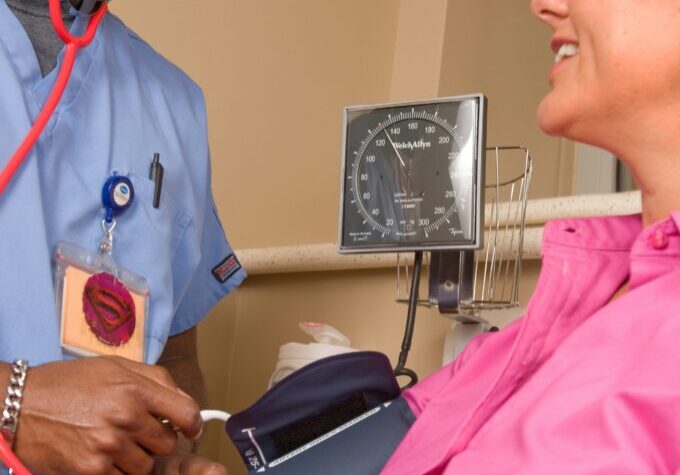More Louisianans than ever before were covered by health insurance in 2016, according to figures released Tuesday by the U.S. Census Bureau. The state’s uninsured rate dropped to 10.3 percent in 2016 from 11.9 percent the previous year – a decline that came in a year when the state expanded Medicaid coverage to low-income adults. Louisiana’s coverage gains were the third-best in the country (on a percentage basis, tied with Vermont, and behind Montana and New Mexico).
Louisiana’s uninsured rate dropped 38 percent from 2013 – the year before the Affordable Care Act took effect – to 2016, thanks mainly to the new law.
The new data only covers the first six months of Louisiana’s Medicaid expansion, which kicked in on July 1, 2016. That means Louisiana can expect further improvements in the uninsured rate when the 2017 data become available next year.
Medicaid, both expansion and the traditional Medicaid program, is having a transformative impact for people struggling to get by in Louisiana. It covers around 1.6 million Louisianans – mainly kids, people with disabilities and children. That includes 434,594 Louisianans who get their health coverage through the ACA’s Medicaid expansion, which has facilitated more than 35,000 cancer screenings and more than 126,000 primary care visits.
Unfortunately, many in Congress are trying to undermine this progress by repealing the federal law that made it happen. Every repeal bill put forward by Congress this year would have ended Medicaid expansion and deeply cut and capped the underlying program, putting coverage at risk. Medicaid’s costs per beneficiary are far lower and have grown more slowly than private insurance, so it’s an efficient way to provide health care to people who are struggling.
Medicaid expansion has provided insurance to those who have traditionally been more likely to lack coverage, such as people of color, young adults, part-time workers, people with less education and low-income parents. It does all of this at the same time that it’s producing better health outcomes, saving money and facilitating innovations in health care.
A few key points on national data released today
The U.S. Census Bureau also released national-level income and poverty data for 2016, indicating that families across the country continue recovering from the Great Recession. Additional state income and poverty data will be released on Thursday. Here are the national highlights:
- Overall median income rose 3.2 percent in 2016 from the year before. The gains were largest in the South, where income climbed 3.9 percent. But the South’s median income remains the lowest of any region of the country.
- Refundable tax credits like the Earned Income Tax Credit (EITC) lifted 8.2 million people out of poverty, according to the Supplemental Poverty Measure. The Supplemental Nutrition Assistance Program (SNAP) lifted 3.6 million people out of poverty.
- The national poverty rate dropped to 12.7 percent in 2016, a 0.8 percentage point decrease from the year before.
- The poverty rate for African-Americans dropped to 22.0 percent in 2016 from 24.1 percent in 2015. It is still 13.2 percentage points higher than the non-Hispanic white poverty rate.

